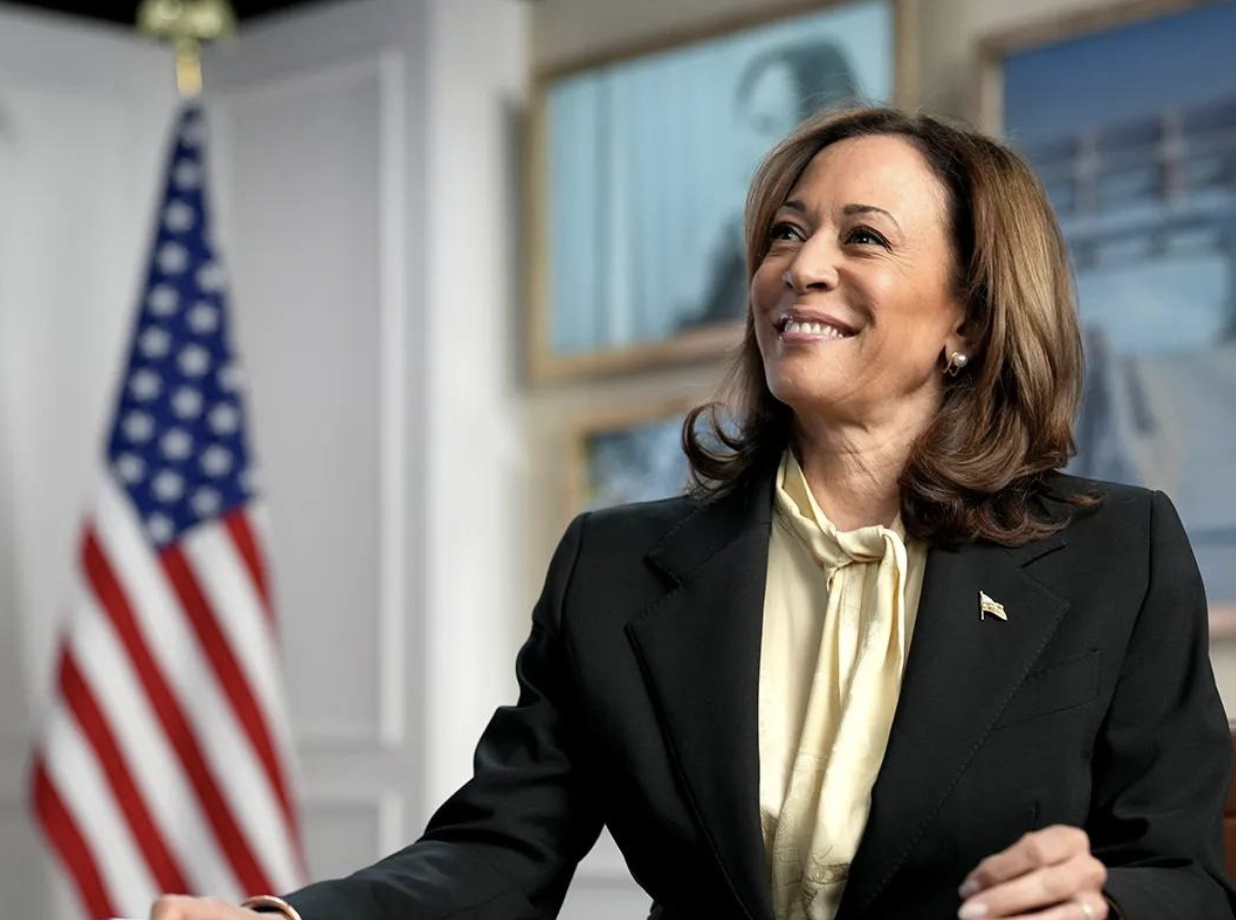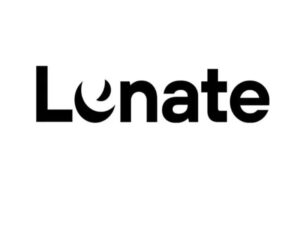As the Democratic National Convention unfolded, Kamala Harris and her campaign team set their sights on securing union support in the upcoming election. During a fiery speech, Shawn Fain, president of the United Auto Workers (UAW) union, publicly criticized Donald Trump, labeling him a “scab.” This moment, carefully orchestrated by the Harris campaign, highlighted their commitment to union workers and their strategy to gain support from key labor groups.
Key Moments and Strategy:
- Convention Highlights:
- Fain’s speech, where he unveiled a “Trump is a scab” T-shirt, became a viral sensation, amplifying the pro-union stance of the Harris-Walz campaign. The campaign’s digital team quickly capitalized on the moment, sharing the video widely and selling thousands of T-shirts, making “scab” trend online.
- Labor Support:
- The Democratic National Convention saw unprecedented union involvement, with 20% of delegates being union members, union hotels hosting delegation members, and union labor contributing to various convention tasks. This was part of a broader strategy by Harris’ campaign to court the union vote, which they believe could be crucial in swing states.
- Targeting Battleground States:
- The Harris campaign is aware of Trump’s previous success with union households in battleground states like Michigan, Pennsylvania, and Wisconsin, and is focusing on regaining this demographic. Campaign manager Julie Chavez Rodriguez emphasized the importance of union members in these states, noting their potential to influence the election outcome.
Challenges with Union Leaders:
- Sean O’Brien’s Republican Support:
- Teamsters president Sean O’Brien’s endorsement of Trump at the Republican convention complicated the landscape. O’Brien praised Trump, calling him “one tough SOB,” a move that marked a rare moment of Republican endorsement from a prominent union leader. However, O’Brien later distanced himself from Trump’s comments about firing striking workers, describing them as “economic terrorism.”
- Strategic Exclusion:
- The Harris campaign responded strategically by excluding O’Brien from speaking at their convention, inviting rank-and-file Teamsters members instead. This decision was seen as a warning to union leaders considering supporting Trump, demonstrating the campaign’s willingness to play hardball.
Potential for Reconciliation:
- Despite the exclusion, the Harris campaign remains open to future discussions with the Teamsters leadership. Harris has agreed to meet with the union’s executive board, signaling a potential path for reconciliation with O’Brien.
The Harris campaign’s aggressive courting of union support and strategic maneuvering at the Democratic National Convention underscore its focus on winning back labor support. With union members potentially playing a decisive role in the upcoming election, the campaign is doubling down on efforts to appeal to this key voter bloc while carefully managing its relationships with influential labor leaders.





